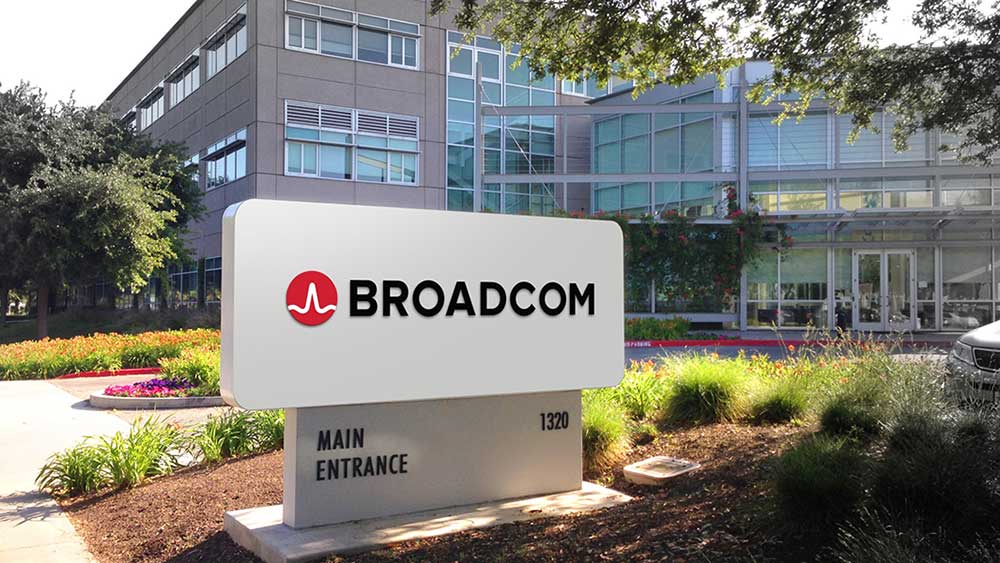Business
Broadcom Stock, With Google/Gemini Premium, Holds Near Highs Ahead Of Q4 Results

Two more artificial intelligence giants headline the latest earnings calendar, including Broadcom (AVGO), which is set to report fiscal fourth-quarter results Wednesday after the bell. While other semiconductor giants like Advanced Micro Devices (AMD) and Nvidia (NVDA) are struggling below their 50-day lines with weakening relative strength lines, Broadcom stock is performing much better. Broadcom stock jumped 11% on Nov.…










